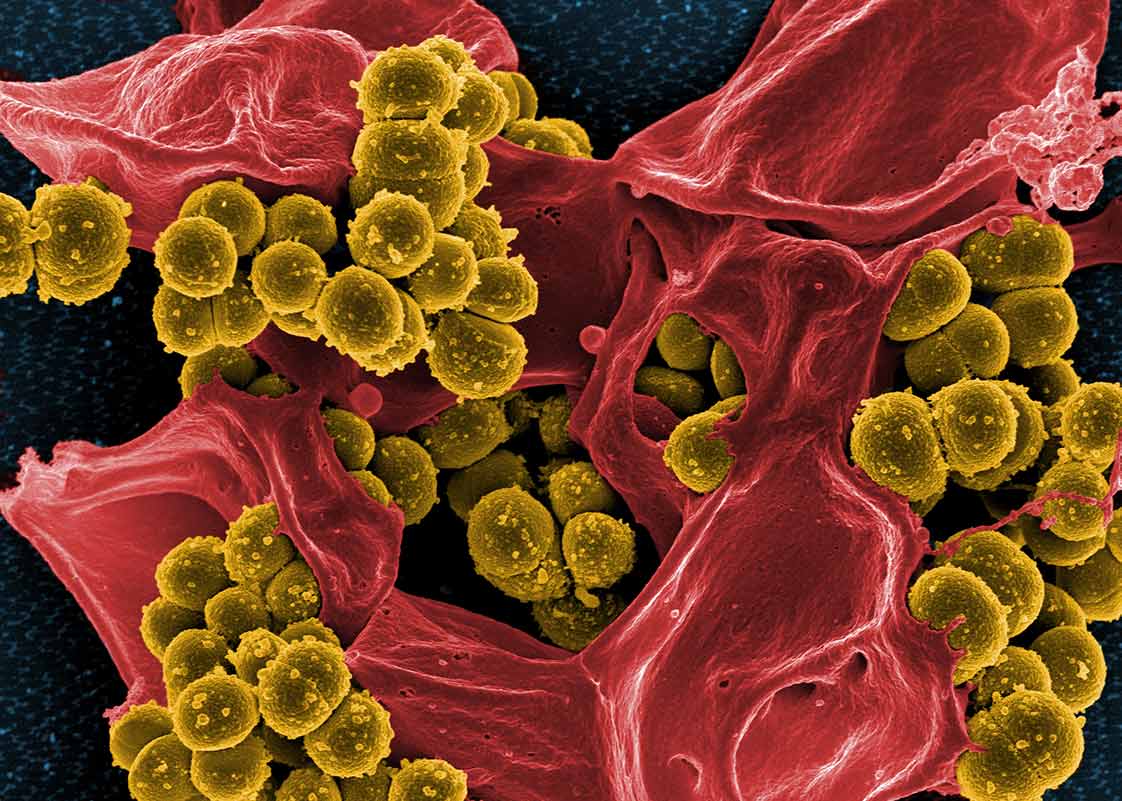A new class of antibiotic
A new class of antibiotic, potentially useful against some superbugs, has been isolated from soil bacteria in the USA. The researchers published their findings in Nature Microbiology, describing a new approach to antibiotic discovery by analysing DNA from more than 2,000 soil samples.
Antibiotics from the new class, named the ‘malacidins’, require calcium to be effective and have shown potent antibacterial activity against many dangerous bacteria resistant to currently used antibiotics—including our drug of last resort, vancomycin. The researchers are also excited about the discovery of this particular antibiotic class as it appears difficult for bacteria to develop resistance (at least in the laboratory conditions trialled).
Unique to this study, rather than looking directly for antibiotics, the researchers looked for DNA sequences they predicted would be essential for the production of other known calcium-dependent antibiotics. This greatly accelerated their work, enabling them to screen an estimated 20 million sequences to find several variants within this new class of antibiotics.
But wait—the antibiotics were isolated from bacteria. Don’t antibiotics kill bacteria?

Although it may seem counterintuitive, most of our useful antibiotics have been borrowed or adapted from molecules made by various organisms including fungi (penicillin), plants (spectinomycin) and bacteria (vancomycin).
These organisms use antibacterial molecules as chemical weapons to kill or limit the growth of nearby microbes to reduce competition for resources. It is important that the organisms do not make warfare agents that are harmful to themselves, so they either target weaknesses unique to other bacteria, or have specific protections in place for themselves.
In counter defence, some bacteria have developed ways to resist these antibiotics. This protection varies from changing or hiding the target of the antibiotic, to producing special enzymes that chemically alter the antibiotic into something harmless.
This tug of war of antibiotic vs antibiotic resistance has been going on for billions of years in the microbe universe.
Optimistically, this ancient war provides hope for us all, with the article authors suggesting that soil bacteria should have many more valuable contributions to our search for new clinical antibiotics.
This discovery is important as we desperately need new classes of antibiotics. However, the study was limited to laboratory experiments; there is still much work to do in developing and progressing a drug through clinical trials that is effective and has minimal side-effects.





